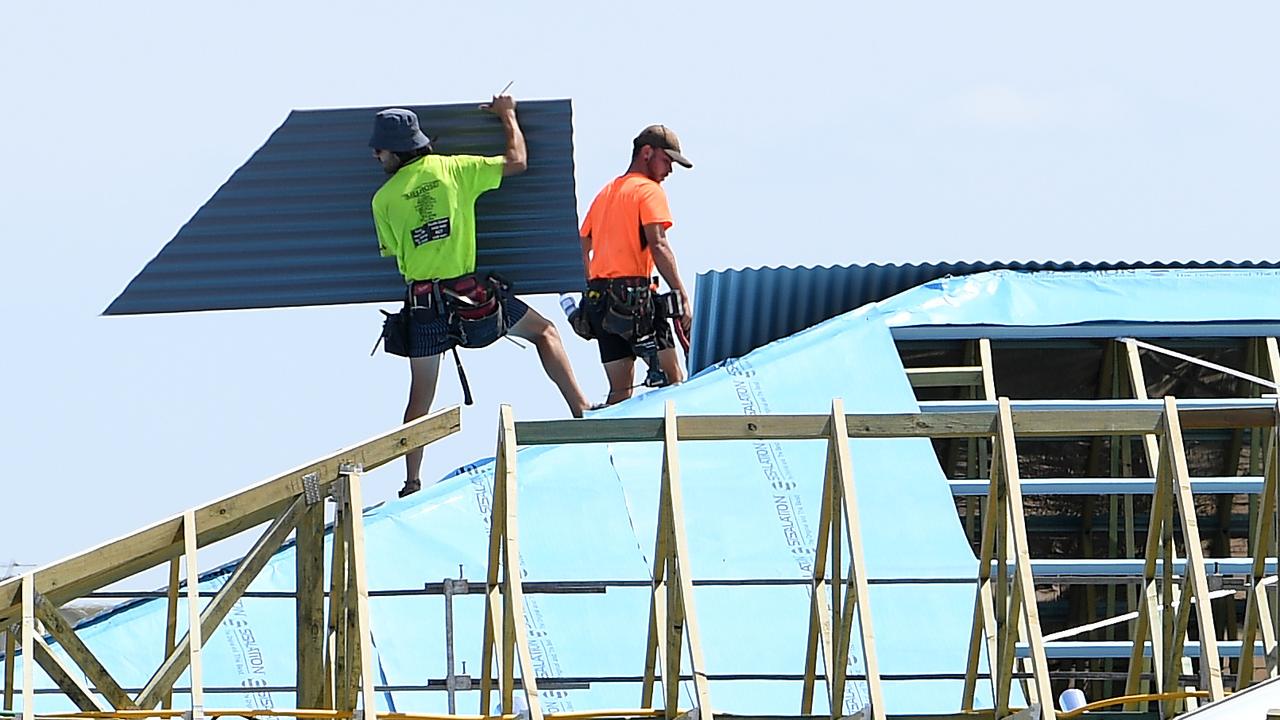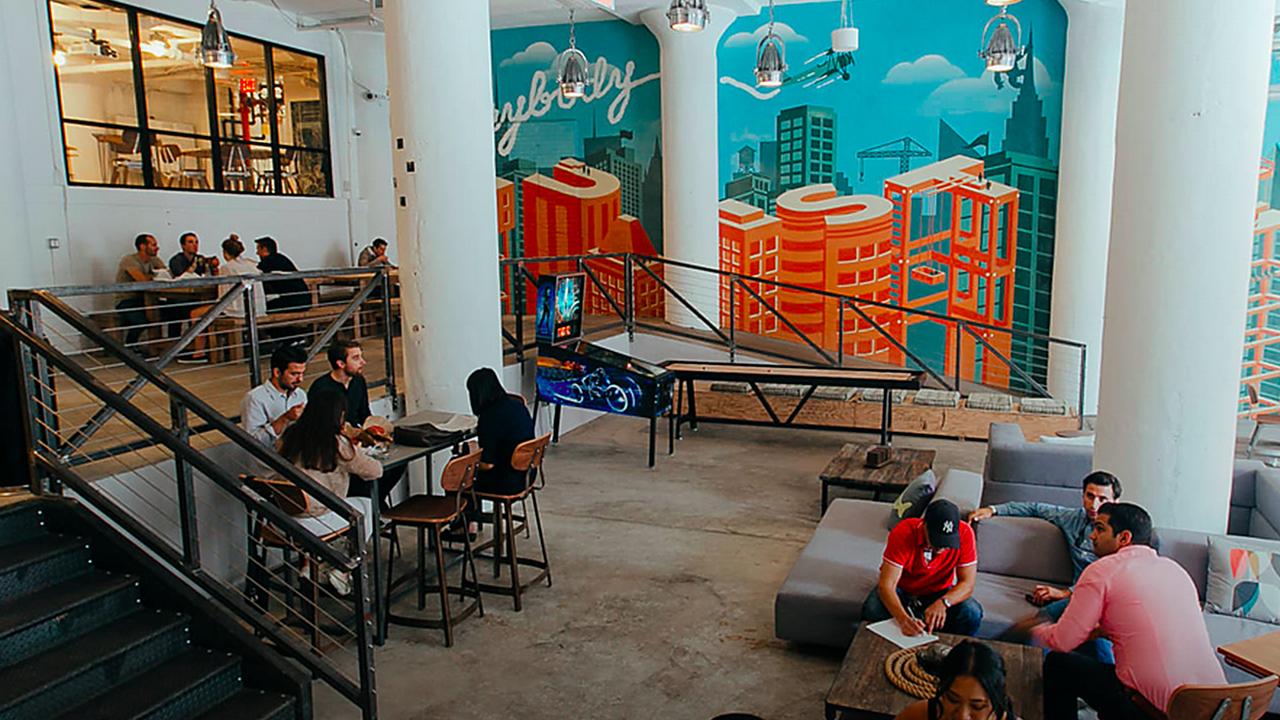Chadstone outstanding as shopping centre location
IF there were no shopping centres in Australia, where would be the best location for such a centre?
I HAVE often reflected on a theoretical demographic exercise. If there were no shopping centres in Australia, where would be the best location for such a centre?
In other words, what site notionally offers the best access to the largest local population base in Australia?
Given a blank sheet of the current urban form and population densities of Australia's largest cities, I would choose a site that's close to the location of Chadstone Shopping Centre in Melbourne's eastern suburbs. (The actual best site would be 1km to the east on Warrigal Road between Dandenong Road and the Monash Arterial.)
I have thought this for more than a decade and I have seen nothing in any other city to change my mind. By brilliant planning or by sheer dumb luck (I suspect the original developer would run with "brilliant planning"), Chaddie, as it is affectionately known by Melburnians, sits slap-bang in the middle of the best demographic market for a shopping centre on the Australian continent.
And here's the reason.
There is no other site in Australia that delivers so many middle-class residents within a 10km radius as Chadstone. Some 775,000 people, or almost 4 per cent of Australians, live within a 40-minute (say, 10km) drive of Chadstone.
Not only does Chaddie get access to a share of this market (that spends close to $7 billion annually), but the chequerboard road network in this part of Melbourne allows the local population easy access to the shopping centre.
Chadstones' catchment is stretched in every direction by the east-west and north-south roads that frame the eastern suburbs.
Unlike in Sydney, the slice of suburbia that comprises a 10km radius of Chadstone is not interrupted by harbour, national park or even an undue presence of non-residential land.
No, Chaddie is surrounded on all sides by solid middle-class housing full of solid, aspirational consumers. And beyond the 10km radius are even more potential shoppers.
But it gets even better because Chaddie is also close to the demographic centre of Melbourne. Here is a market of almost four million residents that pivots on a shopping centre courtesy of the nearby Monash Arterial. The premier piece of road infrastructure in Victoria funnels not just the catchment population but much of the balance of the metropolitan area to within easy access of this centre. How good is that?
The only thing Chadstone lacks is its own railway station.
It would not surprise me to see a five-star hotel pop up at Chadstone in due course, as well as other property and cultural accoutrements captured from the Melbourne CBD.
But Chadstone is not alone in its command of an exemplary demographic market. Melbourne's Northland Shopping Centre dominates a 10km radius population of 705,000. Note that these populations merely represent the demographic wallpaper within which a shopping centre is sited, not a proven catchment area.
My argument is that a unique combination of population distribution and demographic composition, as well as the configuration of transport arteries, can deliver natural advantages to a shopping centre. Of course, the other not-inconsiderable factor affecting retail performance is the presence or absence of competitive centres within and beyond the local region.
The Parramatta shopping centre in western Sydney offers access to 680,000 residents within a 10km radius. More or less the same number live within a 10km radius of the Chatswood shopping centre in the middle of the north shore.
But there is not an expanse of unbroken middle-class suburbia in any part of Sydney that can compare with Melbourne's eastern suburbs. In Brisbane, Chermside Shopping Centre on the city's northside delivers access to 390,000 residents within a 10km radius. The same area surrounding the Marion Shopping Centre in Adelaide's south yields 300,000 residents.
In Perth I tested the population within a 10km radius of the Warwick Grove Shopping Centre, largely because I thought this might give access to the greatest slice of suburbia. The population within this radius is 380,000.
In each of these smaller capitals the issue is that the urban area gives way to rural land uses towards the outer reaches of the 10km mark.
There may be regional shopping centres in Australia with access to a greater population base within a 10km radius than Chadstone. However, it is unlikely such a centre could also offer a more effective local and arterial road network that naturally focuses the population on the centre. In this regard Chadstone rightfully deserves my assessment as the best shopping centre location in Australia.
Bernard Salt is a KPMG partner
bsalt@kpmg.com.au twitter.com/bernardsalt


